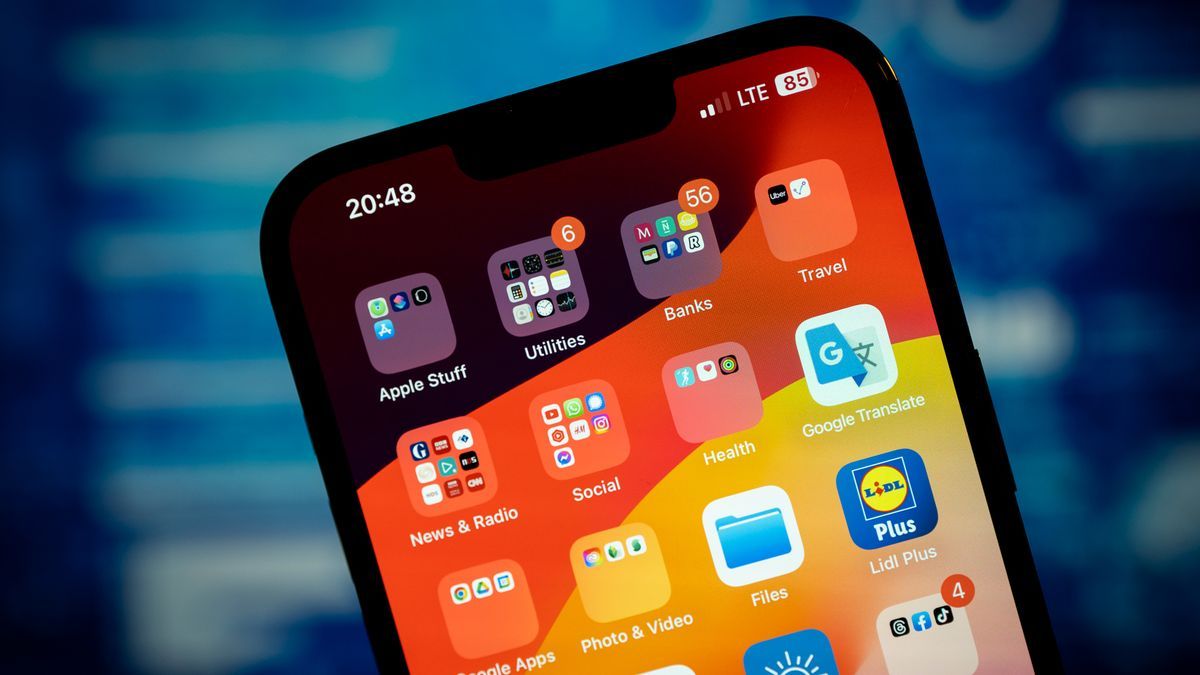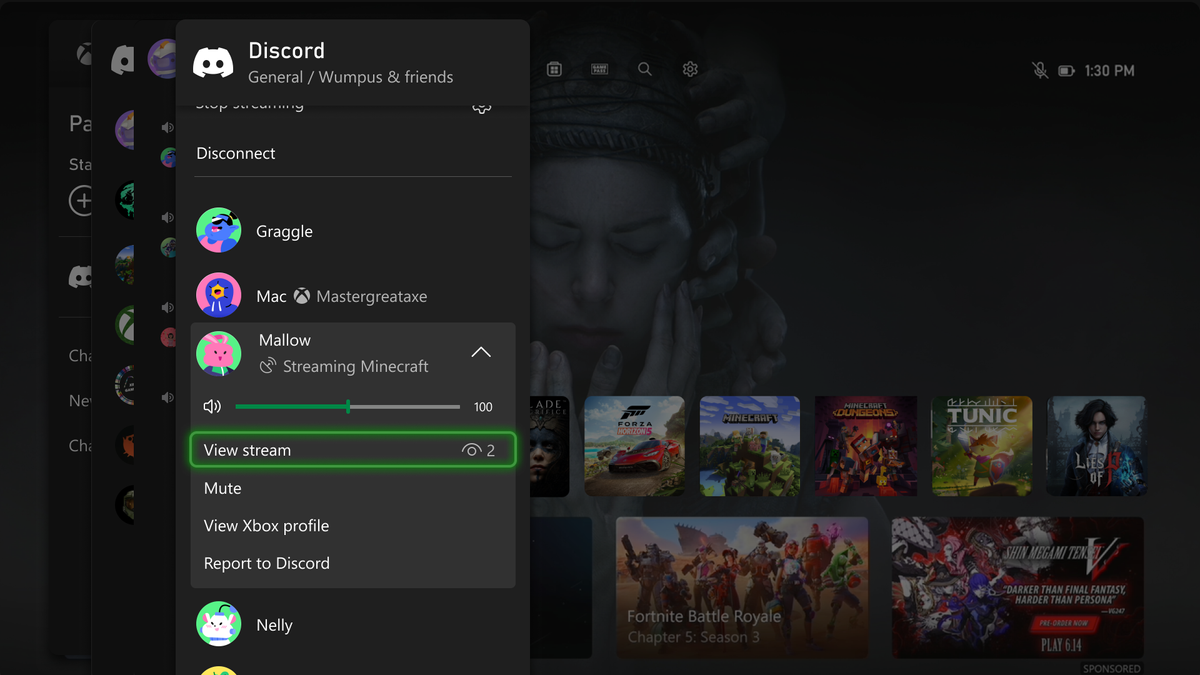The value of a mobile app has been clear to businesses for many years, acting as a brand asset and a way to reach a wider audience of potential customers.
Native content hosted on a user’s device can make for a much faster browsing experience, even when compared to a mobile-optimized web page. More digitally savvy brands benefit from this, and increasingly, as we’ve seen customer service move away from call centers and toward self-service content and chat communication, apps have also been seen as a great way to cut costs while still providing customers with timely and relevant support.
In recent years, more brands have begun to use the app as a way to maintain personalized and relevant communication with customers. This is especially important as websites suffer from the effects of disintegrating cookies: apps that require a login as part of their functionality have a much more reliable identifier and, with proper user consent, allow for personalized content to be delivered based on previous activity and preferences.
So how should brands that have traditionally relied on customer acquisition through a company website begin the process of adopting an app-centric or multi-screen marketing strategy? The first step is to develop a solid data strategy.
Consulting Manager, fifty-five.
Understanding the challenges
As any mobile marketer would agree, the mobile app measurement landscape is very different from that of the web. Concepts like mobile measurement partners (MMP) and the SKAd network are unique to app measurement, and the value proposition is often different than that of web analytics.
There are also technical considerations around mobile activation, which we can define as the infrastructure to reach a target audience with the right message at the right time. There are many activation scenarios that a brand can enable, from browsing a website on a mobile device to push notifications and deep linking via email.
With these basic triggering techniques comes the question of how to best achieve them from a technical standpoint. Using a third-party push notification provider or deep linking can speed up the implementation of solutions, but it introduces new services and dependencies to the user’s device. Since responsiveness and speed are key benefits of an app-centric approach, there is a complex balance between ease of development and user experience.
Finally, the IT infrastructure for a mobile app differs from that for a website. Implementing a first-class data strategy for apps requires a fundamental understanding of how apps are built, how data is collected and sent from a mobile device, and how to test and analyze data quality once the infrastructure is built.
Develop a solid implementation strategy
Every app is unique, so there is no one-size-fits-all solution when considering app strategies. However, to form a solid foundation, these four recommended steps will help in the process.
1. Define the use cases for your data
By putting yourself in the shoes of potential customers, you can identify the most appropriate methods for organizing and measuring customer interactions with your app. Defining this journey and prioritizing it based on business value helps you avoid investing too much time and resources in complex use cases that achieve less valuable outcomes.
2. Define your data architecture
Once the customer journey and business priorities are clearly understood, the next step is to understand what platforms and services are required in the application codebase to facilitate the journey and measure the user experience. If data from the same interaction is required for multiple data endpoints, consider platforms and services that help scale and reduce the requirement from a development perspective. If the use case your audience is targeting benefits from using external databases outside of application interactions, consider how best to integrate this database and how frequently and fresh the data should be.
3. Focus on data collection best practices
With a well-defined architecture, the specific interactions to measure the use cases and the criteria that determine their activation can be gathered. Bringing all these requirements together, comparing them to behavioral triggers, and understanding the similarities and differences between data endpoints allows data teams to create a comprehensive monitoring plan. Once development teams are briefed on this, a focus on user acceptance testing and quality assurance maximizes the chances of success once the changes are deployed to production. Finally, once monitoring has been initiated, a comprehensive analysis of the data helps resolve any final issues.
4. Test and scale
With accurate and reliable databases, mobile data analysts can help generate ongoing value through the insights this provides. Customer journey analysis helps teams generate data-driven hypotheses. These can be turned into a prioritized set of activation tests. Test findings can then be used to scale results and generate new hypotheses.
Whats Next?
Once a solid plan for mobile app data strategy has been established, the process of scaling app capabilities can begin. In today’s industry, where highly specialized app development resources are in high demand and product roadmaps are becoming more ambitious, this process can take months and even years to complete. For companies embarking on this process, consider the following steps when implementing:
1. Planning and leadership
Prioritizing data strategy within a product roadmap and clearly articulating the benefits of the mobile app will ensure the success of any program. Data plays a critical role in measuring and improving the customer experience, which ultimately determines the success of an app program.
2. Invest in the right experience
Digital transformation can be a challenging process, especially if it requires new skill sets and expertise. Data analysts and architects with a good understanding of web concepts will need a well-structured and comprehensive training program to implement a data strategy that meets the needs of a mobile application.
3. Be pragmatic
Keep in mind that the “shiny new platform” is not always the “right solution.” Before jumping into a complex new development workflow to achieve a sophisticated use case, consider whether faster results exist using an existing architecture.
We list the best apps for small businesses.
This article was produced as part of TechRadarPro's Expert Insights channel, where we showcase the brightest and brightest minds in the tech industry today. The views expressed here are those of the author, and not necessarily those of TechRadarPro or Future plc. If you're interested in contributing, find out more here:









